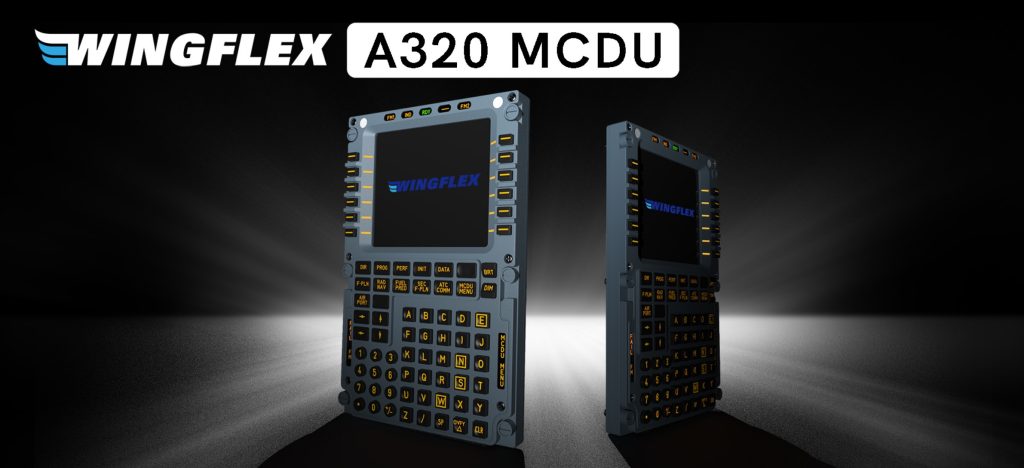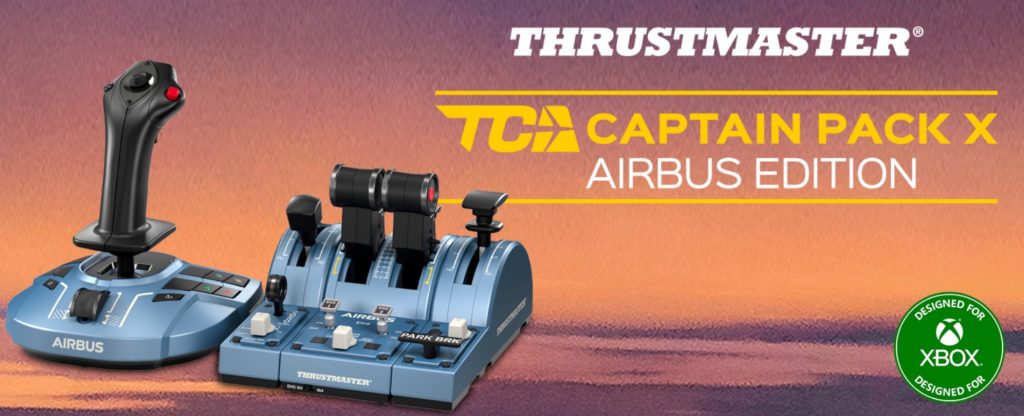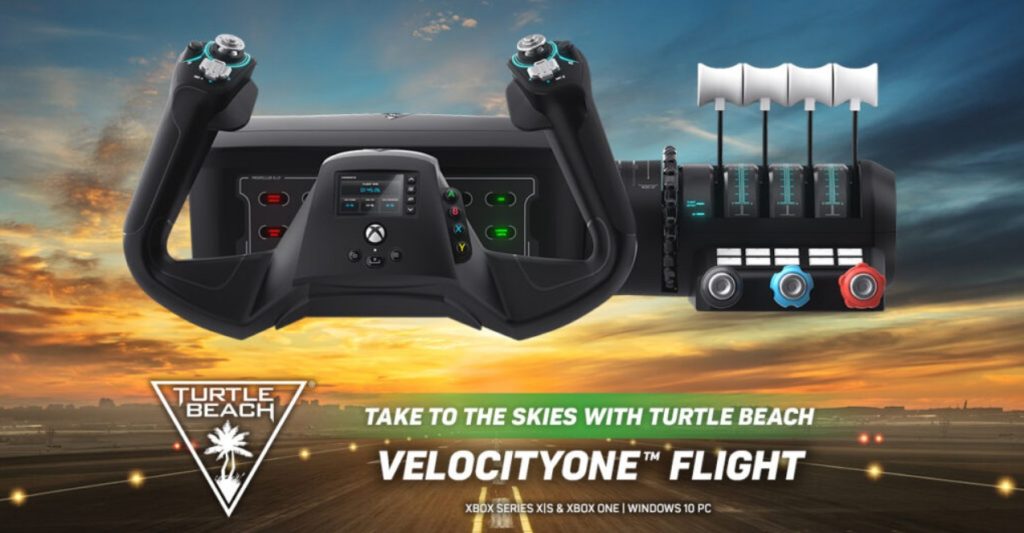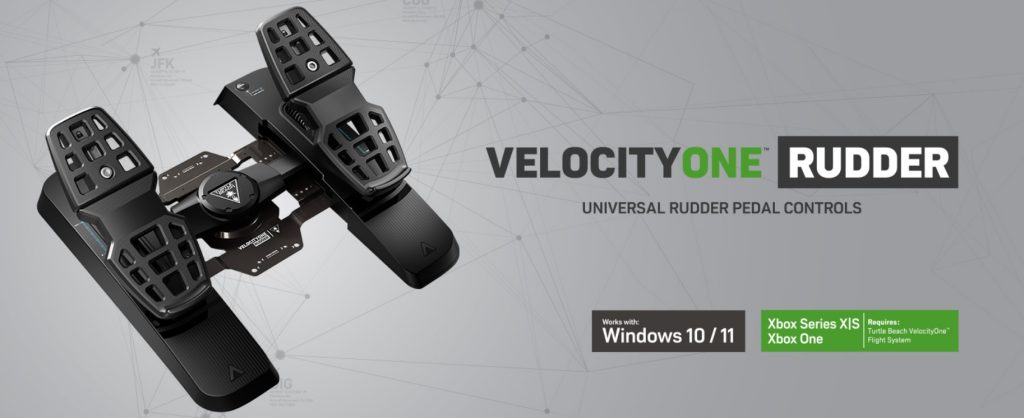I’ve spent my adult life moving between a real-world cockpit and a home one, and I’ll be honest: once you’ve tuned an FMC in the left seat at 03:00 for a real oceanic crossing, you notice things in a simulator that most virtual pilots simply shrug off. The WINGFLEX A320 MCDU and the WINWING A3XX MCDU are two of the most-talked-about plug-and-play hardware MCDUs for home cockpits today. I tested both extensively across Microsoft Flight Simulator 2024 and X-Plane 12, and as someone who still signs paper flight plans, here’s my pilot-to-pilot comparison: what feels real, what’s fiddly, and how each unit behaves in the two leading sims.


The FMC – The “brain” of the operation
The Flight Management Computer (FMC) (or in Airbus terminology, the Flight Management and Guidance Computer – FMGC) is the system that actually performs all the calculations and logic related to flight management. It:
- Computes navigation routes using waypoints, airways, and performance data.
- Calculates fuel predictions, top of climb/descent points, and estimated times.
- Optimizes flight paths for efficiency.
- Communicates with the autopilot and other systems for lateral and vertical navigation.
You can think of it as the computer doing the work in the background.
The MCDU – The “face” or user interface
The Multipurpose Control and Display Unit (MCDU) is the hardware and display that pilots use to interact with the FMC (or FMGC). Through the MCDU, the pilot:
- Inputs the flight plan (departure, arrival, waypoints, etc.).
- Sets performance data (weights, speeds, fuel).
- Monitors flight progress and adjusts parameters.
- Accesses pages for navigation, radio tuning, and system checks.
So, the MCDU is how you talk to the FMC — it’s the keyboard and screen through which you send data to and receive data from the “brain.”


Hardware and build feel
Both units aim to reproduce the tactile feel of an Airbus MCDU, but they approach materials and ergonomics differently. The WINGFLEX A320 MCDU presents a slightly more robust, full-scale chassis with an IPS glass display and keys that have a firmer, more “mechanical” actuation; it leans toward the premium-feel end of the hobby market. The WINWING A3XX MCDU is notably well-made, too, but it tends toward a softer key top and rubberized buttons that some will prefer for longevity and others will feel lack the crispness of a factory unit. If you like being gentle with your hardware, WINWING’s keyfeel is forgiving—if you enjoy positive, clicky feedback, WINGFLEX has the edge.
Installation & software bridge
From a practical standpoint, both manufacturers sell the experience of “plug-and-play”. In my bench testing, WINGFLEX’s Bridge software is genuinely simple: install, plug in, and the MCDU synchronizes with many A320-family addons in MSFS and X-Plane (FBW A32NX, Flight Factor/Aerosoft models and others). WINWING’s streaming/bridge tech is similarly straightforward and comes with profiles aimed at compatibility with MSFS and X-Plane modules. In real-world terms: if you’re not a tinkerer and want minimal fuss, both will get you running quickly—but read the compatibility list before you click buy.

Performance in MSFS 2024
MSFS 2024 is massively popular and a bit idiosyncratic with third-party hardware. WINGFLEX advertised tight sync with popular Airbus addons, and in practice the display updates were crisp, with little perceptible lag for routine FMC inputs like route entry, performance pages, and arrival editing. The unit handled INIT/PERF pages predictably and mirrored the in-sim FMC behaviour closely—useful when flying with offline ATC or on VATSIM where timing matters. WINWING also performed very well in MSFS 2024, and some users praise it for near-instantaneous display updates; however, under heavy CPU load (high-world density or complex weather) I saw a few extra tenths of a second compared with the WINGFLEX during long route uploads. For line flying sim sessions that’s negligible; for speedrunners or multi-panel streamers it’s measurable.
Performance in X-Plane 12
X-Plane 12’s plugin system and aircraft fidelity are different beasts. Both units support XP12, but WINWING historically targets broad compatibility with X-Plane modules and supplies profiles for Flight Factor and Toliss aircraft. In my XP12 testing, WINWING’s mapping to Flight Factor’s MCDU functions was rock solid after a quick profile load; keys, LSKs and scratchpad behaviour matched expectations. WINGFLEX worked fine with the major A320 plugins, too, but required an extra step or two to set up bridging for some older third-party aircraft. If you live in X-Plane, expect both devices to be reliable; expect WINWING to be slightly friendlier for out-of-the-box use with certain XP-native panels.

Realism: software behaviour and edge cases
Here’s where pilot experience matters. An MCDU isn’t just a glorified keypad — it must behave like the real thing in odd situations: discontinuities, route updates from ATC, scratchpad errors, and PERF page edge cases. WINGFLEX tends to model the display fonts, page timing and message popups more faithfully; the OVFY, RANGE, and scratchpad momentary behaviors felt authentic and predictable. WINWING nails the ergonomics and visual fidelity, and I admired its auto-brightness and backlighting tuning—super useful when you’re switching between a dim cockpit at night and a bright desktop during the day. Both handle common edge cases well, but when I deliberately crafted a route discontinuity and quick FMC reprogramming, WINGFLEX’s timing and message presentation behaved closer to the real FMC I use for line checks.
Reliability, latency and updates
Neither unit introduced catastrophic bugs in my runs. However, latency is a spectrum. Under light simulator load, both are essentially instant. Under heavy load and multiple USB devices chained, WINGFLEX displayed slightly more consistent frame updates. WINWING, while stable, occasionally required a driver/firmware refresh to keep perfectly in lockstep on certain aircraft—nothing serious, but something a non-technical simmer should be aware of. Both companies appear committed to firmware updates and community support; check user forums for current behavior with your particular aircraft of choice before making a purchase.


Value and ecosystem
Price matters. WINWING units are frequently praised for offering strong build and function at a lower price point; they’re an excellent entry point for someone moving from keyboard to hardware MCDU. WINGFLEX sits a touch higher in cost but includes a glass IPS display, a polished bridge app, and a perception of “done right” out of the box. Consider what else you own: if you already have a cockpit ecosystem from one brand, check which bridges and mounts are available—WINGFLEX and WINWING both sell mounting solutions and cages that make integration painless.
Final approach — which should you buy?
If you want the most authentic software behaviour, slightly firmer keys, and a display that looks and behaves like the OEM unit during unusual FMC events, WINGFLEX is my pick. If you want the best bang-for-buck, excellent compatibility (especially with X-Plane), and a softer feel that’s forgiving for long home cockpit sessions, WINWING will make you very happy. Either way, you’ll gain a tactile, procedural workflow that sharpens your FMC discipline—something no mouse click can fully reproduce.


A personal note from the left seat
I still enjoy the ritual: programming an FMC before sunrise, cross-checking perf numbers, listening to the engines spool on taxi. The right hardware at home makes that ritual feel less pretend and more rehearsed. Both WINGFLEX and WINWING respect that ritual. Choose the unit that fits your sim-ecosystem and budget, and treat it like an instrument—calibrate, update firmware, and learn the quirks. You’ll find that the next time you sit in the right seat of a real jet, those FMC muscles you sharpened at home will serve you well.









